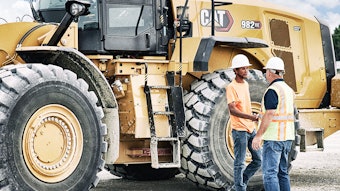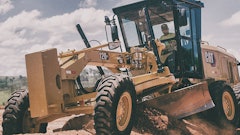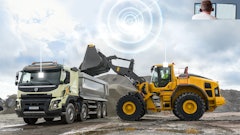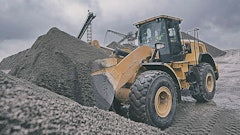
After a tornado, flood, hurricane or wildfire strikes, construction companies play a critical role in helping communities rebuild. But what if your firm is the victim of a natural disaster? Weather-related delays are estimated to cost the U.S. construction industry $4 billion a year. Here are four steps you can take to make sure you’re as ready as possible should disaster strike.
1. Put a proactive plan in place
Don’t wait until severe weather shows up in the forecast to make preparations. Assign a team — including representatives from across your operation — to create a disaster readiness plan. Think about including:
- Clear strategies to address potential risks on each site
- Defined roles and tasks to complete before, during and after a disaster
- Evacuation plans and routes for each site
- Location and use of emergency equipment
- Communication protocols before, during and after a disaster
- Contact details of key individuals and emergency response teams
Revisit and update your readiness plan at least once a year — more often if you change sites frequently.
2. Batten down the hatches
High winds and heavy rain can damage equipment and carry away construction materials. If you work in a storm-prone area, think about investing in an indoor storage facility where you can move machines and other expensive items for safety. Otherwise, make sure you have a plan to fasten down and secure anything that remains on location. Pay special attention to hazardous chemicals, which could spill and lead to environmental damage and fines. With enough notice, you can also secure any buildings on-site. Board up windows and other openings, sandbag perimeters and cover materials with tarps.
3. Equip yourself for a faster recovery
Every storm is different. But in the aftermath, you can usually count on power outages, flooding or both. Consider keeping portable pumps on hand if you operate in hurricane-prone locations and install them before a storm arrives to get a head start on water removal. It’s smart to supply your worksites with portable generators — and adequate fuel to run them — as well. The Cat Rental Store is a great resource for this type of equipment if you don’t feel like you need it year-round.
4. Communicate, communicate, communicate
Disaster planning has little benefit if your team isn’t up to date on the plan. At least once a year — or at the start of various disaster “seasons” (hurricane, wildfire, tornado) — hold a disaster planning meeting with your crew. Review your readiness plan. Make sure everyone understands their roles and responsibilities, particularly evacuation procedures and communication protocols. Conduct practice drills to be best prepared for evacuations and take-cover situations. Encourage questions and ask for help identifying anything that might be missing or outdated in your plan.
Looking for more guidance? This site contains plenty of tips and tricks for disaster preparedness, both at work and at home, along with resources and support available from Caterpillar and other sources.


























